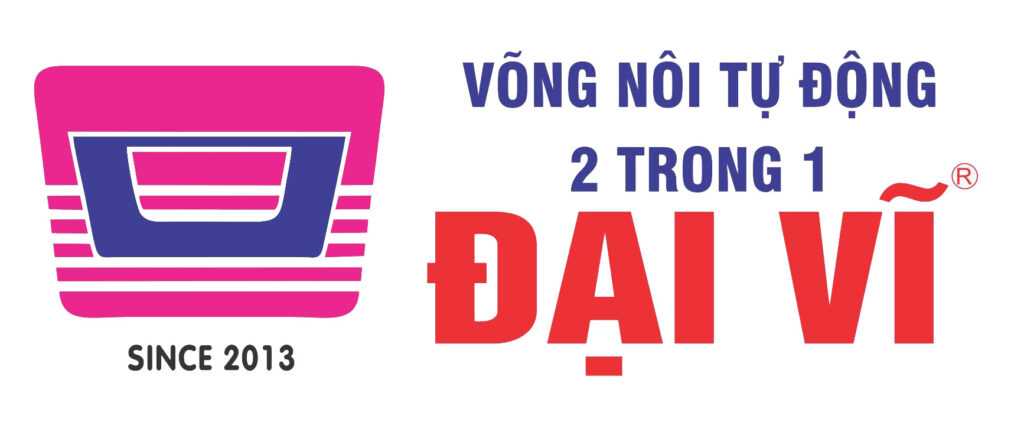Bookkeeping
Bank Reconciliation Accounting Software
There will be very few bank-only transactions to be aware of, the difference between direct costs and indirect costs and they’re often grouped together at the bottom of your bank statement. You can make changes to past reconciliations, but be careful. Changes can unbalance your accounts and other reconciliations.
Common accounting mistakes business owners make
When reconciling an account, the first bit of information you need is the opening balance. Give your customers the option to pay via credit card, debit card, PayPal, or bank transfer. QuickBooks processes the payment and transfers the money to your bank account. There’s even a mobile card reader so you can swipe or dip the card from your phone or tablet. When you finish reconciling accounts, QuickBooks automatically generates a reconciliation report.
If you adjusted a reconciliation by mistake or need to start over, reach out to your accountant. Businesses should reconcile their bank accounts within a few days of each month end, but many don’t. Learn from these 10 common accounting mistakes to make improvements in your business. All of your bank and credit card transactions automatically sync to QuickBooks how to handle outstanding checks in payroll to help you seamlessly track your income & expenses.
How to Reconcile in QuickBooks Online
It summarizes the beginning and ending balances, and it lists which transactions were cleared and which were left uncleared when you reconciled. This report is useful if you have trouble reconciling the following month. In QuickBooks, choose the account you want to reconcile. With bank statement in-hand, you can systematically check off matching transactions one-by-one by clicking their boxes.
If you’re reconciling an account for the first time, review the opening balance. It needs to match the balance of your real-life bank account for the day you decided to start tracking transactions in QuickBooks. If you’re not careful, your business checking account could be subject to overdraft fees. There are bank-only transactions that your company’s accounting records most likely don’t account for. These transactions include interest income, bank deposits, and bank fees. If you reconciled a transaction by mistake, here’s how to unreconcile it.
Employees log their hours, you review and approve them, and QuickBooks does the rest. Cut checks or pay employees via direct deposit, issue W2s at tax time, and file taxes electronically – all from QuickBooks. Finally, compare your adjusted bank balance to your adjusted book balance. Since you’ve already adjusted the balances to account for common discrepancies, the numbers should be the same.
- When you finish reconciling accounts, QuickBooks automatically generates a reconciliation report.
- If everything matches, you know your accounts are balanced and accurate.
- When reconciling an account, the first bit of information you need is the opening balance.
- When you have your bank statement in hand, you’ll compare each transaction with the ones entered into QuickBooks.
- Keeping your financial records in order is hugely important to the success of your business.
Get live expertise
It also affects the beginning balance of your next reconciliation. Now, simply compare the transactions on your statement with what’s in QuickBooks. The tricky part is making sure you have the right dates and transactions in QuickBooks so you know everything matches. Keeping your financial records in order is hugely important to the success of your business. Read the steps you should take when closing out your small business’ books for the end of the fiscal year. Give your accountant direct access to your books so she can find the reports and information she needs how many years can you file back taxes when questions arise.
Step 3: Compare your statement with QuickBooks
When you receive your bank statement or account statement at the end of the month, you’ll only spend a minute or two reconciling your accounts. QuickBooks organizes your data for you, making bank reconciliation easy. This will make the reconciliation process much easier. We strongly recommend performing a bank reconciliation at least on a monthly basis to ensure the accuracy of your company’s cash records.




